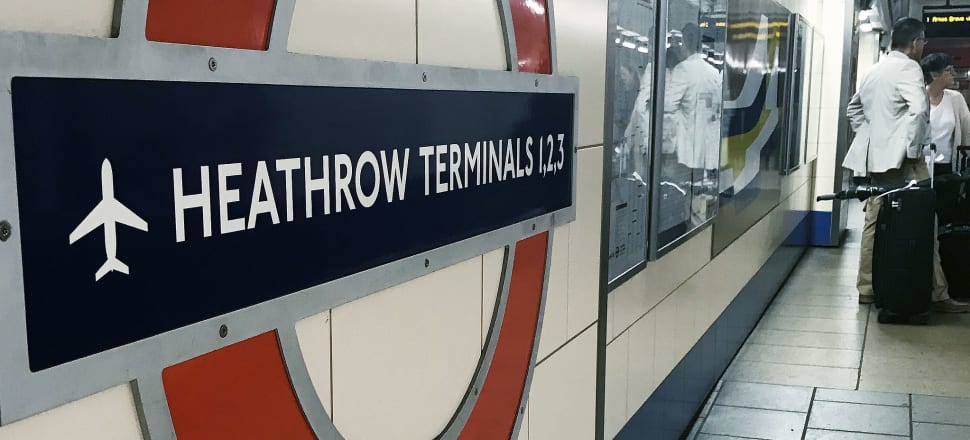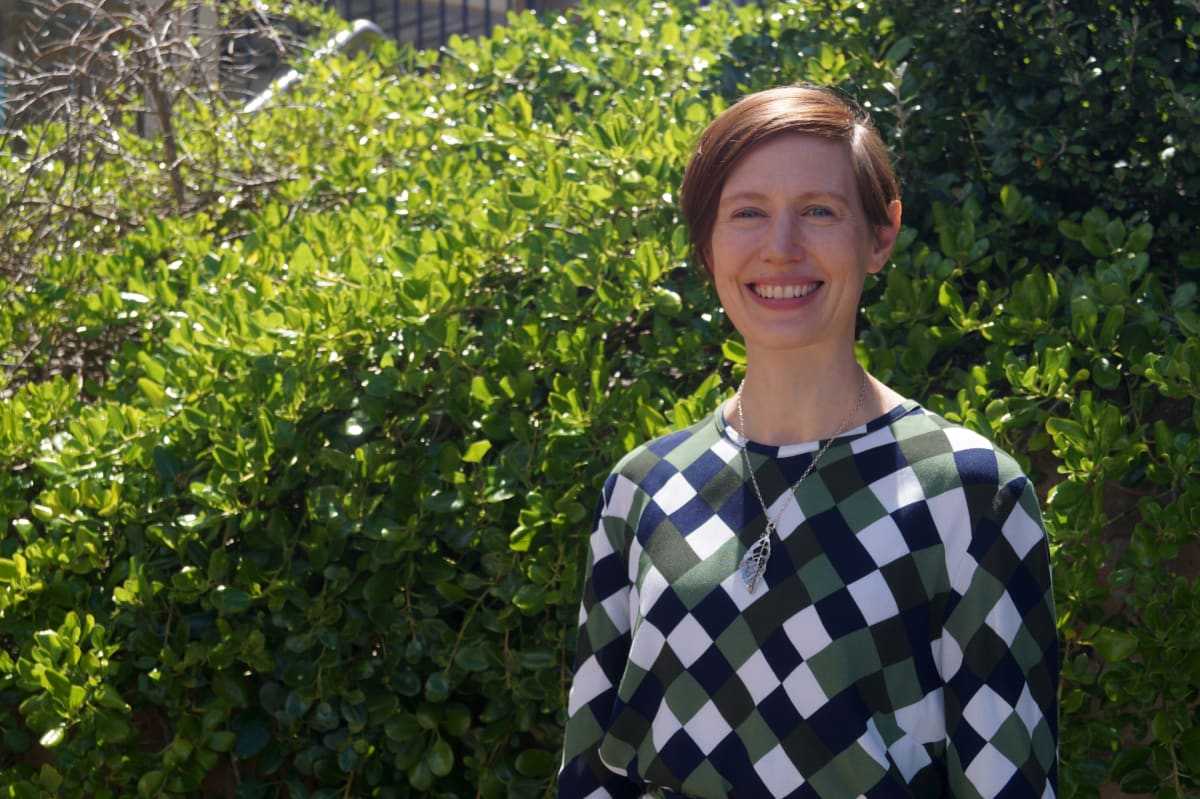
The grand OE to London has long been a rite of passage for many young Kiwis. As the UK and New Zealand work to make their working holiday visa schemes more generous, High Commissioner Iona Thomas would like the demographics to change
The United Kingdom is looking at how to increase the number of young Māori and Pasifika heading to its shores as part of a broadening of the working holiday scheme, according to the country’s top diplomat in Aotearoa.
As part of the free trade deal signed between the UK and New Zealand last year, the two nations agreed to ‘enhance’ the bilateral agreement that gives young people from one country the ability to work in the other for a limited period of time.
READ MORE: * UK-NZ trade deal battles on through British turmoil * The return of the big OE
Among the improvements are an increase to the oldest age at which applicants are eligible for visas (up to 35 years old, from 30 at present) as well as increasing the maximum length of stay to three years (it is currently two years for Kiwis in the UK, and 23 months for Brits in New Zealand).
But speaking to Newsroom about the proposals, which are yet to take effect, British High Commissioner Iona Thomas said she was also looking at how to ensure a more diverse range of New Zealanders took up the opportunity to live and work in the UK.
“I want to make sure that it's young Māori and Pasifika who are taking advantage of that as well, it's not just people who have heritage back in the UK, so that we can make sure that they are developing a new and modern, forward-looking relationship with the UK.”
Thomas said the initial focus would be improved outreach efforts, with the diplomat planning to visit Māori and Pasifika communities in Auckland and elsewhere during 2023.
However, it was possible there could be a more “systemic” change to the current system to reduce barriers and improve access, she said.

Josiah Tualamaliʻi, a co-founder of the Pacific Youth Leadership and Transformation Trust, told Newsroom young Māori and Pasifika could benefit immensely from efforts to reduce barriers to accessing the visas, particularly given the historical connections between the two countries.
“I was there [London] when there was Oceania exhibition [at the Royal Academy of Arts]...just to see those objects from this part of the world which are currently in our museums, taken over to be reunited with pieces where they hadn't all been in the same space for generations. It was really special.”
Greater number of Māori and Pasifika living in the UK could also help to improve Britons’ understanding of their worldview and cultural background, Tualamaliʻi said.
Māori and Pasifika would not want better levels of access than other New Zealanders, he said, but any work to reduce pre-existing barriers would be appreciated.
Laura Clarke, Thomas’ predecessor as high commissioner, placed an emphasis on developing a stronger relationship with Māori.
During her time in New Zealand, Clarke delivered an “expression of regret” for the deaths of nine Māori when Captain James Cook and his crew arrived in 1769 on the HMS Endeavour.
Thomas said she intended to build on Clarke’s work and further deepen the relationships between the high commission and the Māori community.
“It's great to see across the mission there is a greater awareness of te reo and how we engage and understand Māori as being a really important set of stakeholders on trade [and] climate change, and everything that they bring to that debate around the values and respect for the land and relationship with the land.
“So I'm really keen that as we think about all of our different issues that we're working on here, whether that's trade or climate or security, we're thinking, ‘Well, how do we bring Māori into that conversation?’”
Thomas said she was hoping the working holiday visa changes would come into effect before the end of the year.







